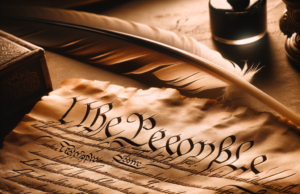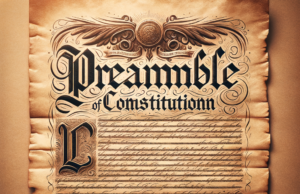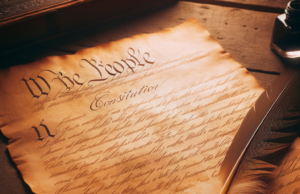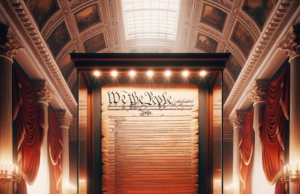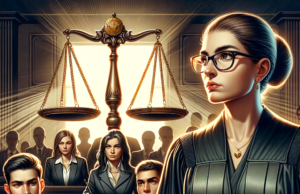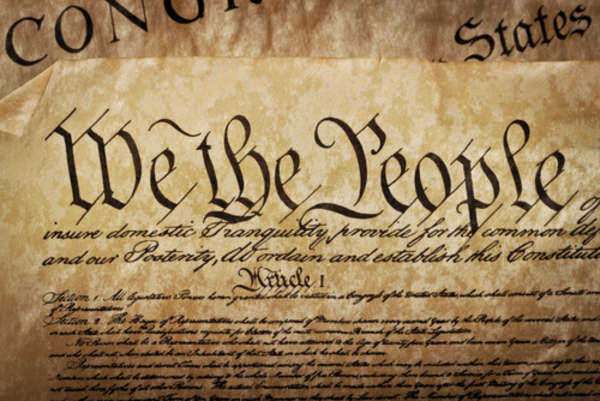Table of Contents
- 1 Understanding the Role of the Supreme Court in Shaping Legal Interpretations
- 2 Historical Context: Landmark Cases That Redefined Justice in America
- 3 The Influence of Judicial Philosophy on Supreme Court Decisions
- 4 Analyzing Recent Supreme Court Rulings and Their Societal Implications
- 5 The Intersection of Public Opinion and Supreme Court Interpretations
- 6 Future Trends: Predicting the Evolving Landscape of Judicial Justice
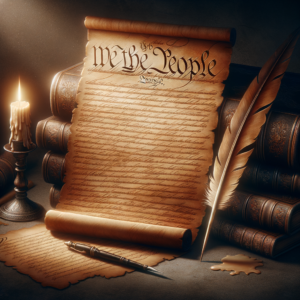
The Supreme Court of the United States stands as a pillar of the American legal system, wielding the power to interpret the Constitution and shape the nation’s laws. Its decisions resonate far beyond the courtroom, influencing societal norms, public policy, and individual rights. As the highest court in the land, the Supreme Court’s interpretations can redefine justice in profound ways, often leading to unexpected consequences. This article explores the multifaceted impact of Supreme Court interpretations, tracing their historical significance, the role of judicial philosophy, recent rulings, public opinion, and future trends in the evolving landscape of judicial justice.
Understanding the Role of the Supreme Court in Shaping Legal Interpretations
The Supreme Court serves as the ultimate arbiter of constitutional law in the United States, tasked with interpreting the Constitution and federal statutes. Its role is not merely to adjudicate disputes but to provide clarity on legal ambiguities that can have sweeping implications for American society. By interpreting the Constitution, the Court establishes precedents that guide lower courts and influence legislative actions. This interpretative power allows the Supreme Court to address contemporary issues, ensuring that the Constitution remains a living document responsive to the changing values and needs of society. The Court’s decisions can affirm or challenge existing laws, thereby shaping the legal landscape and influencing the rights and liberties of individuals.
Historical Context: Landmark Cases That Redefined Justice in America
Throughout American history, landmark Supreme Court cases have played a crucial role in redefining justice and civil rights. Cases such as Brown v. Board of Education (1954) dismantled racial segregation in public schools, while Roe v. Wade (1973) established a woman’s right to choose regarding abortion. These decisions not only addressed specific legal questions but also reflected and influenced societal attitudes towards race, gender, and personal freedoms. The Court’s interpretations in these cases often sparked national debates, leading to significant shifts in public policy and societal norms. By examining these pivotal rulings, one can appreciate how the Supreme Court has historically acted as a catalyst for social change, often at the forefront of the struggle for justice and equality.
The Influence of Judicial Philosophy on Supreme Court Decisions
Judicial philosophy plays a critical role in shaping the decisions of the Supreme Court. Justices often align themselves with particular interpretative approaches, such as originalism, textualism, or living constitutionalism, which influence how they view the Constitution and its application to contemporary issues. Originalists, for instance, advocate for interpreting the Constitution based on its original meaning at the time of enactment, while proponents of living constitutionalism argue for a more dynamic interpretation that considers the evolving societal context. These philosophical differences can lead to starkly contrasting outcomes in similar cases, highlighting the subjective nature of judicial interpretation. As the composition of the Court changes with new appointments, the prevailing judicial philosophy can shift, leading to significant alterations in legal precedents and societal implications.
Analyzing Recent Supreme Court Rulings and Their Societal Implications
Recent Supreme Court rulings have underscored the Court’s profound impact on contemporary social issues. For instance, the decision in Dobbs v. Jackson Women’s Health Organization (2022) overturned Roe v. Wade, fundamentally altering the legal landscape surrounding reproductive rights in the United States. This ruling has led to a patchwork of state laws, with some states enacting stringent abortion bans while others protect access. Similarly, cases addressing affirmative action, gun rights, and religious freedoms have sparked intense public discourse and legislative responses. These rulings not only reflect the Court’s interpretation of the law but also reveal the deep societal divisions on these issues, illustrating how judicial decisions can catalyze activism, policy changes, and shifts in public sentiment.
The Intersection of Public Opinion and Supreme Court Interpretations
Public opinion plays a significant role in shaping the Supreme Court’s interpretations, although the relationship is complex and often indirect. While the Court is insulated from direct political pressures, justices are aware of the societal context in which they operate. Public sentiment can influence the Court’s willingness to take on certain cases, as well as the broader implications of its rulings. For example, as public attitudes toward same-sex marriage evolved, the Court’s decision in Obergefell v. Hodges (2015) reflected this shift, ultimately legalizing same-sex marriage nationwide. Conversely, when the Court issues rulings that starkly contrast with prevailing public opinion, it can lead to calls for reform, such as proposals to expand the Court or impose term limits on justices. This dynamic interplay between public opinion and judicial interpretation underscores the importance of societal values in shaping the course of justice.
Future Trends: Predicting the Evolving Landscape of Judicial Justice
Looking ahead, the landscape of judicial justice in the United States is poised for continued evolution. As societal values shift and new issues emerge, the Supreme Court will face challenges that test its interpretative frameworks. Issues such as digital privacy, climate change, and systemic inequality are likely to come before the Court, requiring justices to navigate complex legal and ethical questions. Additionally, the increasing polarization of American society may influence the Court’s decisions, as justices grapple with the implications of their rulings on an already divided populace. The potential for changes in the Court’s composition, along with ongoing debates about judicial reform, will further shape the future of Supreme Court interpretations. As the Court continues to play a pivotal role in defining justice in America, its decisions will remain a focal point of national discourse and a reflection of the evolving values of society.
The Supreme Court’s interpretations are not merely legal decisions; they are powerful statements that resonate throughout American society. From landmark rulings that have redefined justice to the influence of public opinion and judicial philosophy, the impact of the Court is profound and far-reaching. As we look to the future, it is clear that the Supreme Court will continue to navigate the complexities of law and society, shaping the trajectory of justice in America for generations to come. Understanding this dynamic is essential for grasping the intricate relationship between law, society, and the pursuit of justice.





